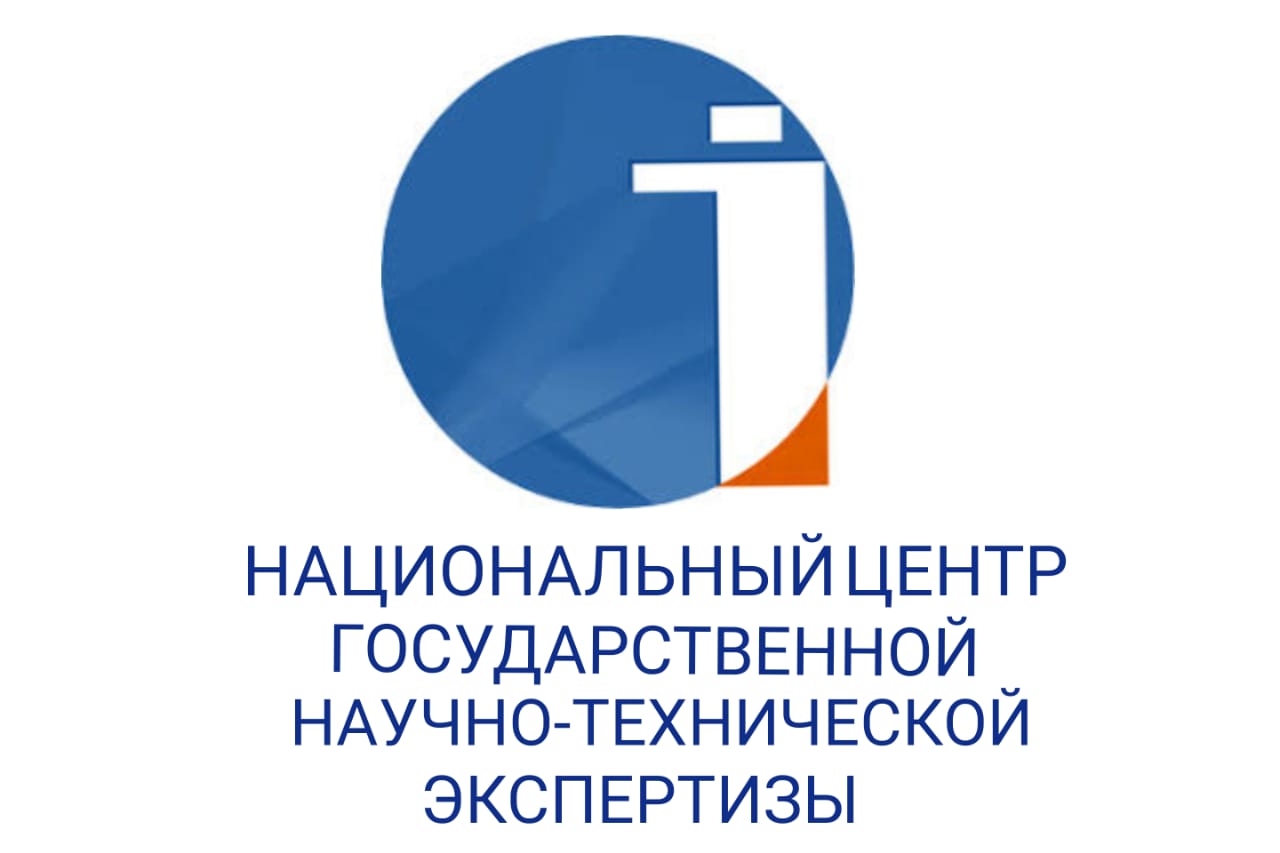STRUCTURAL AND CONTENT MODEL OF TEACHING INTERTEXT IN MODERN KAZAKH PROSE
DOI:
https://doi.org/10.48371/PEDS.2025.78.3.007Keywords:
literature, linguistics, tylistics, prose, intertext, model, teaching, methodologyAbstract
Today, the issues of intertext in the study of stylistics of a literary text attract the attention of scholars. Despite the fact that in linguistics and literary studies there are many contradictory points of view on intertext, to date, the study of this issue is being conducted systematically. The associative signs generated by intertext require a full understanding of the work and the development of artistic cognition.After all, it covers not only the knowledge of one century, but also the whole interpretive structure of literature. Therefore, we will consider Kazakh prose by dividing it into several periods. It is clear that each period has its own linguistic, stylistic and artistic features. The transmission of intertexts in the prose of each period also fully includes the signs of the national cultural code.
It is necessary to develop reading abilitiesto be able to appreciate the stylistic features of contemporary Kazakh prose. The stylistics of reader comprehension is also the main area of many interpretive and hermetic analyses. To form such skills, the framework of prose works in higher education institutions should not be limited to works written during the years of independence.To form students’ critical abilities and skills of literary analysis, it is necessary to familiarize them with the works of young contemporary writers. The study of the problems of teaching periodic intertextual connections in modern Kazakh prose is not consistent. In addition, there is no special model of teaching intertexts in prose. The article specifies the effectiveness of teaching intertext in modern Kazakh prose and develops a structural and content model. The model defines the criteria for the development of critical-thinking skills of university students through teaching intertexts in modern Kazakh prose, theoretical-methodological, content-activity components of training.








